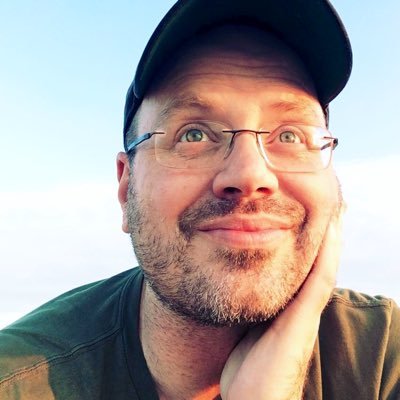We are so happy to have you join the SmokeLong team as our Winter Guest Editor! This has been a difficult year, to put it mildly. To begin, I’d like to check in with you: How are you doing? What challenges have you faced this year? Have there been some unexpected moments of comfort or joy?
Thank you! I am well-ish. Lucky in a lot of ways to be able to work from home and keep paying rent. To be healthy. But there have definitely been challenges. My wife narrowly avoided a lay-off at her workplace but has seen a major uptick in work to make up for the loss of colleagues. So she’s slammed and feeling survivor’s guilt, and our son, who turned 11 a couple months back, has been doing remote learning. It’s been tough to watch him struggle to adjust to everything. Adolescence is hard enough—and now so much of what he was used to has been taken away. What do you do with the anger and sadness? When was the last time I had even a minute alone? Our saving grace has been fall in New England. We had a beautiful one this year—mild days followed by weeks and weeks of subtly shifting colors in the trees. We take walks, take drives. Somehow the world keeps turning.
You’ve lived in wildly different parts of the country. You grew up in Indiana. You currently live outside of Boston. You spent seven months as a caretaker of a 95-acre homestead in Oregon (the basis of your memoir, Breaking Into the Backcountry). Can you tell us about the importance of place in your writing?
I lived in Nebraska for 6 years, too! For me, place is everything. Paraphrasing Louise Erdrich—all stories take place. Sometimes when I’m teaching, I’ll have my students fill up the board with all the ways we might know where we are. History. Culture. Cuisine. Flora and fauna. Geography. Climate. The list goes on and on. One craft idea that springs from that—another of Erdrich’s ideas—is that place provides a linking circumstance to any event that might be happening in a narrative. In fiction it’s so easy to see. If the story takes place in the summer…what new flowers are arriving? Is someone getting married in the park? Or maybe the Sweetcorn festival that happens every July is where two characters might randomly bump into each other. Where you are is so much a part of who you are, who you see yourself as. Regardless of genre, there’s so much potential in exploring that on the page.
You’ll be teaching in our first nonfiction workshop, which we’re very excited about. Can you give us a teaser of the topic you’ll be covering?
I’m excited, too! I love working with writers. For this workshop we’ll be talking about how to find (and build flash nonfiction essays around) an evocative detail. I’m thinking of the way an image, given the proper treatment, can function as an emblem or metaphor for the entire piece, resonating with a reader long after they’ve finished reading. And more than just haunting an audience—a great detail can also serve as a kind of template for how we organize/structure a narrative. One of my great teachers, Patricia Henley, once described tulip petals the rain had knocked off as being like prom dresses the day after prom. If that was evocative detail in a flash nonfiction, I’d want to ask: How can this essay bloom and fall and shimmer with sadness?
What will you be looking for (both in fiction and nonfiction) as you read our submission queue?
I’m looking for forward momentum, concision, heart. I’m drawn to narratives that experiment with form without compromising on emotional impact. I want to be shown the impossible dilemmas people face and somehow learn to live with—their mistakes, triumphs, hidden hopes, regrets, the love or indifference that binds it all together. I want to be surprised and delighted and challenged. I am also eager to read stories from communities who have traditionally been underrepresented in publishing. Representation is something that matters to me.


 The core workshop of SmokeLong Fitness is all in writing, so you can take part from anywhere at anytime. We are excited about creating a supportive, consistent and structured environment for flash writers to work on their craft in a community. We are thrilled and proud to say that our workshop participants have won, placed, or been listed in every major flash competition. Community works.
The core workshop of SmokeLong Fitness is all in writing, so you can take part from anywhere at anytime. We are excited about creating a supportive, consistent and structured environment for flash writers to work on their craft in a community. We are thrilled and proud to say that our workshop participants have won, placed, or been listed in every major flash competition. Community works.